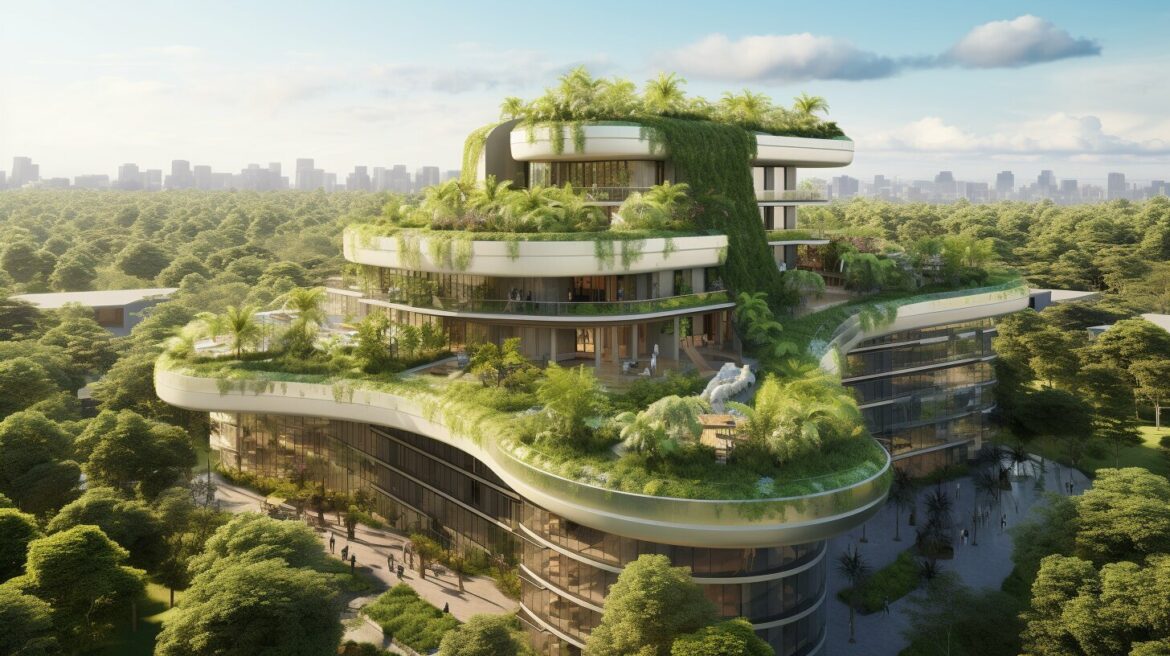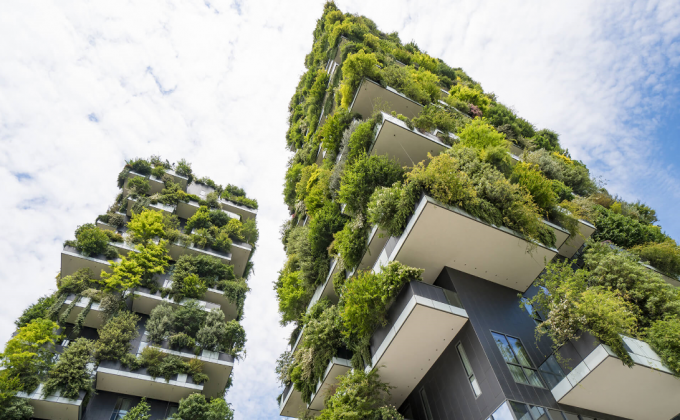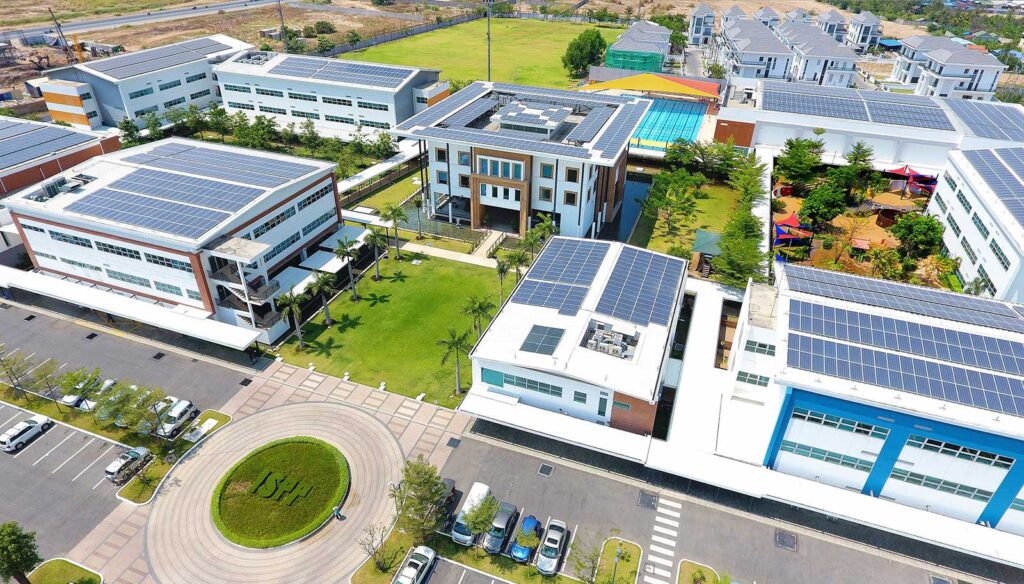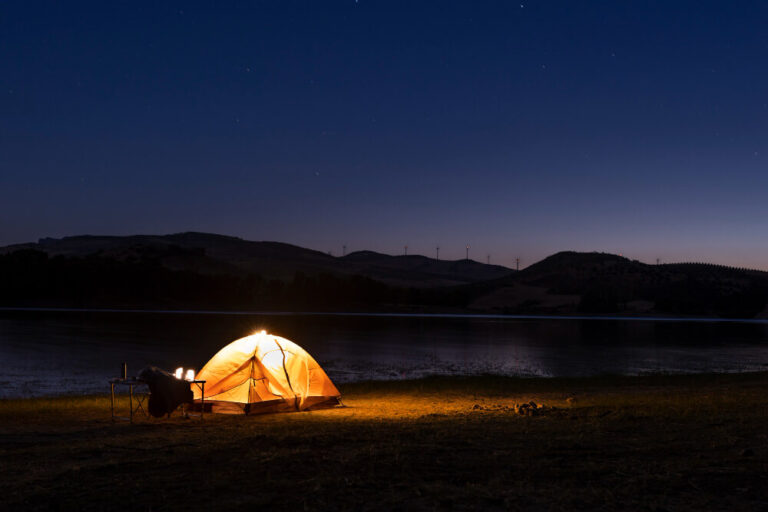Green Buildings in Phnom Penh: The Rise of Eco-Friendly Architecture

Phnom Penh, Cambodia’s bustling capital, is undergoing a transformative shift in how it approaches urban development. As environmental concerns grow and the demand for sustainable solutions increases, the city is embracing a new architectural trend: green buildings. With energy-efficient features, eco-conscious designs, and a vision for long-term sustainability, green architecture is redefining the Phnom Penh skyline.
- What Are Green Buildings?
- Why Eco Architecture Is Booming in Phnom Penh
- Landmark Green Buildings in Phnom Penh
- Policies and Organizations Driving Green Building Growth
- Benefits of Green Buildings for Phnom Penh
- Challenges Facing Green Architecture in Cambodia
- The Future of Eco-Friendly Design in Cambodia
- How Businesses and Investors Can Get Involved
- Conclusion: Building a Greener Phnom Penh, One Structure at a Time
What Are Green Buildings?
Green buildings are structures designed to reduce their overall impact on the environment and human health. This is achieved through energy efficiency, water conservation, use of sustainable materials, and reduced emissions. These buildings not only lower operating costs but also provide healthier living and working environments.

In Cambodia, green building practices are aligning with international standards like LEED (Leadership in Energy and Environmental Design) and EDGE (Excellence in Design for Greater Efficiencies). These certifications promote a holistic approach to sustainable construction that’s especially relevant in a tropical climate like Phnom Penh’s.
Why Eco Architecture Is Booming in Phnom Penh
Eco architecture is becoming increasingly popular in Phnom Penh due to a combination of environmental, economic, and social factors:
- Urban growth: Rapid urbanization has put pressure on natural resources and infrastructure.
- Energy efficiency: Rising electricity costs are encouraging developers to explore cost-saving, energy-efficient designs.
- Environmental concerns: Climate change and pollution are prompting a rethink of traditional construction methods.
The city’s drive toward sustainability is not just a trend—it’s a response to urgent environmental challenges.
Landmark Green Buildings in Phnom Penh
Several projects are leading the green revolution in Phnom Penh. These structures not only serve functional purposes but also act as symbols of Cambodia’s commitment to sustainability.
- Vattanac Capital Tower: This LEED Gold-certified skyscraper incorporates energy-efficient HVAC systems, intelligent lighting, and sustainable construction materials.
- International School of Phnom Penh (ISPP): Its Visitor and Recreation Center showcases sustainable design with features that promote energy efficiency and water conservation.

- Khou Tower: Currently registered for LEED certification, this project reflects the private sector’s growing interest in eco-conscious development.
These buildings are setting new benchmarks for sustainability and are likely to influence future architectural trends in the region.
Policies and Organizations Driving Green Building Growth
Several initiatives are propelling the rise of green architecture in Cambodia:
- Cambodia Green Building Code: Introduced in 2018, this code outlines best practices for sustainable construction, including passive cooling techniques, energy-saving technologies, and the use of local materials.
- Cambodia Green Building Council (CamGBC): Established in 2019, CamGBC promotes green building awareness, professional training, and certification programs.
- International Collaborations: Projects like the Asia Low Carbon Buildings Transition (ALCBT) are supporting Cambodia’s goals to reduce greenhouse gas emissions through technical assistance and funding.
These frameworks are essential in promoting a consistent and credible green building ecosystem.
Benefits of Green Buildings for Phnom Penh
Green buildings offer numerous advantages, both immediate and long-term:
- Cost savings: Reduced energy and water consumption lower operational expenses.
- Health benefits: Improved air quality and natural lighting contribute to better physical and mental health.
- Increased property value: Eco-friendly features attract tenants and buyers, increasing marketability.
- Environmental resilience: Green buildings are better equipped to handle extreme weather, which is becoming more common due to climate change.
Challenges Facing Green Architecture in Cambodia
Despite its potential, eco-architecture in Phnom Penh still faces some obstacles:
- High initial costs: Sustainable materials and technologies can be expensive.
- Lack of expertise: There’s a shortage of trained professionals in green construction.
- Limited access to materials: Locally available sustainable building materials are still scarce.
- Regulatory enforcement: While policies exist, enforcement remains inconsistent.
Overcoming these barriers will require collaboration between government, the private sector, and educational institutions.
The Future of Eco-Friendly Design in Cambodia
Looking ahead, the future of green buildings in Phnom Penh is promising:
- More green schools and homes: Educational and residential buildings are beginning to adopt eco-conscious designs.
- Net-zero buildings: There’s growing interest in creating structures that generate as much energy as they consume.
- Integration of green tech: Innovations such as solar panels, smart meters, and energy management systems will become more widespread.
- Policy advancements: Continued refinement and enforcement of building codes will support broader adoption.
As awareness grows and technology advances, eco-architecture is poised to become the new standard.
How Businesses and Investors Can Get Involved
There are several ways for businesses and investors to participate in Phnom Penh’s green building movement:
- Hire sustainability consultants: Work with experts to design energy-efficient structures.
- Seek certifications: Apply for LEED or EDGE certification to enhance credibility.
- Partner locally: Collaborate with Cambodian architects and builders who specialize in green construction.
- Leverage incentives: Explore government or NGO support for sustainable projects.
Involvement in green projects not only yields financial returns but also enhances brand reputation and CSR impact.
Conclusion: Building a Greener Phnom Penh, One Structure at a Time
Phnom Penh is on the path to becoming a model of sustainable urban development in Southeast Asia. The rise of green buildings reflects a collective effort to address environmental challenges while enhancing quality of life. As the demand for eco-friendly architecture grows, so does the opportunity for innovation, investment, and long-term impact.
Now is the time to be part of Cambodia’s green future. Whether you’re a developer, investor, or architect, your role in building a sustainable Phnom Penh starts today.



